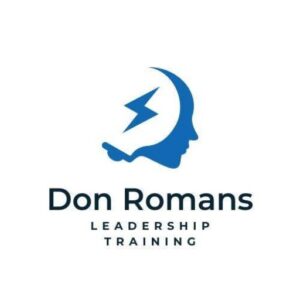Change is a standard part of organizational life. While it can be difficult, it’s also essential for growth and staying competitive. To ensure successful change management, managers and supervisors must have the right tools and processes to guide their organization through the transition process. Here are some tips on how to manage change in an organization.
Develop a Plan to Manage Change in the Organization
The first step in managing change is developing a plan that outlines the specific steps you will take to implement the desired change. This should include identifying where changes need to be made, setting realistic goals, determining resources needed and establishing timelines for each task that needs to be completed. A well-thought-out plan will help your team stay focused on achieving successful change management.
What is change management, and why do you need it
Change management is an organized approach to managing the people side of change within an organization. It’s based on recognizing that changes can profoundly affect employees when implemented. Change management helps ensure all stakeholders embrace and accept new initiatives or strategies to maximize success. Organizations can minimize employee resistance and increase the likelihood of success by having a clear plan.
The steps of a change management plan

For successful change management, it is essential to develop a comprehensive plan that outlines the steps needed to implement the desired change. The actions of a change management plan include:
- Identifying the need for change
- Analyzing current processes
- Developing a strategy for implementing the changes
- Assigning roles and responsibilities within the organization
- Establishing a timeline and milestones for the project
- Measuring results and outcomes
- Documenting lessons learned.
Implementing your plan
Once you have a plan in place, it’s essential to ensure that the necessary steps are taken to ensure successful implementation. This includes communicating with all stakeholders about the change, providing training and resources needed for employees to adjust, and establishing protocols for monitoring progress.
Managing Resistance
Resistance is an inevitable part of change management. Therefore, it is essential to have strategies to manage resistance and ensure successful implementation. This includes providing open communication channels, giving employees some control over the process, and encouraging feedback on improving the change initiative.
Celebrate Successes
Finally, it’s important to recognize successes along the way. This will help motivate your team and reinforce the importance of the change initiative. Celebrating successes will also help build morale and make employees feel appreciated for their efforts.
By following these tips, you can ensure successful organizational change management. While it can be challenging, you can effectively manage changes to ensure success with the right tools and processes in place.
Create Training and Awareness Programs
Construct comprehensive training plans to elucidate any ensuing regulations and protocols to ensure all personnel comprehends their roles during this organization’s transition. This will guarantee employees are adequately prepared for the changes ahead. Additionally, awareness programs should be designed so everyone involved in these changes can become more familiar with them and understand why they are necessary.
An example of a training plan would look like this:
- Identify current and future objectives
- Develop an understanding of change management principles
- Research necessary resources and materials
- Implement any training materials or activities as needed
- Monitor the progress of changes within the organization
Communicate Regularly with Employees
You must communicate regularly with employees throughout the entire process of implementing change. Subsequently, customers have the peace of mind that they are always aware and in the know with every step taken. These communications can come in many forms, including emails, memos, meetings, or regular updates on an internal website or intranet portal.
Be sure to be open to feedback. It’s important to allow employees to express their thoughts and opinions on the changes to gain valuable insight into what is working and what can be improved.
Monitor Progress
Once you have established a plan for managing change and communicated it to your team members, it’s time to start monitoring progress toward achieving those goals. This should include tracking progress at regular intervals and making adjustments if any issues along the way could derail your efforts at successful change management. Be sure to post results and be transparent with all stakeholders.
Adjust As Needed
Once you have achieved the desired outcome, it is crucial to evaluate the change initiative’s success and make adjustments as needed. This could include refining processes or strategies for better results in the future or changing roles to ensure everyone is working towards a common goal.
Encourage Feedback
It is important to ask employees for their ideas when you want to change something in the organization. This way, employees can tell you what they think and offer suggestions on improving the process. Asking for employee input also helps ensure everyone agrees with the changes, making it more likely that the organizational change will be successful. Therefore, this is an integral part of the process.
Conclusion:
To Manage change in an organization can be difficult, but it is easier if you have a plan and everyone knows what they should do. Make sure you track how things are going and get feedback from employees. This way, everyone will know what is happening, and you can make changes if something is not working well. With these tips in mind, managers will be better prepared when they need to make changes in their organizations.

